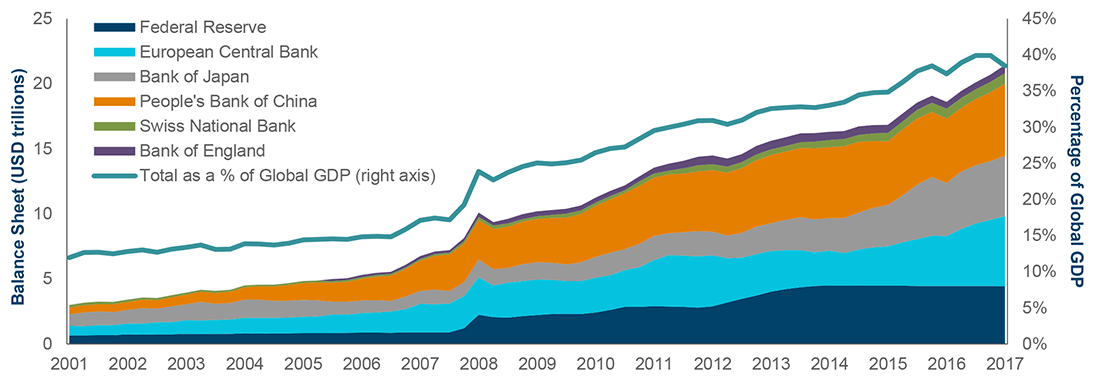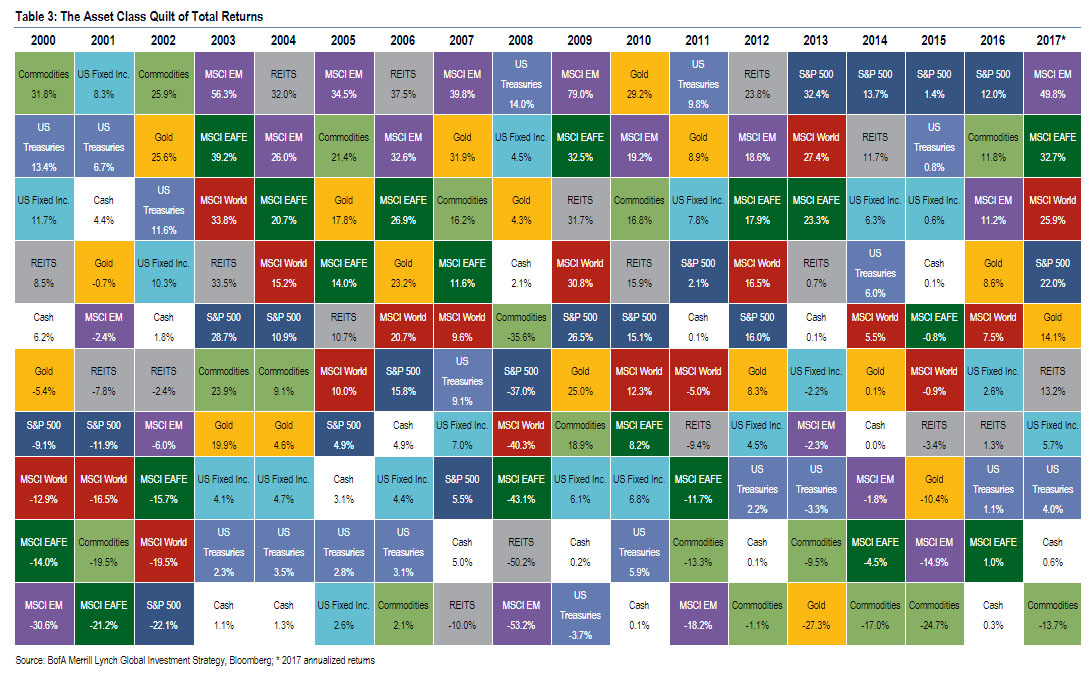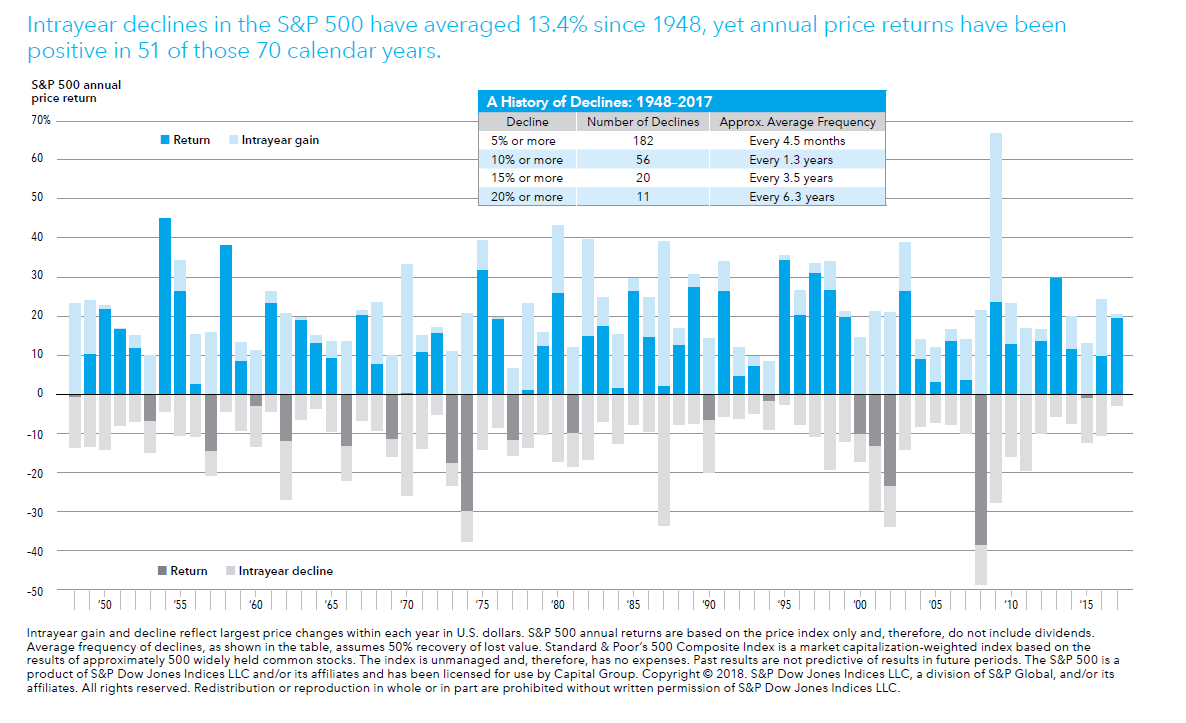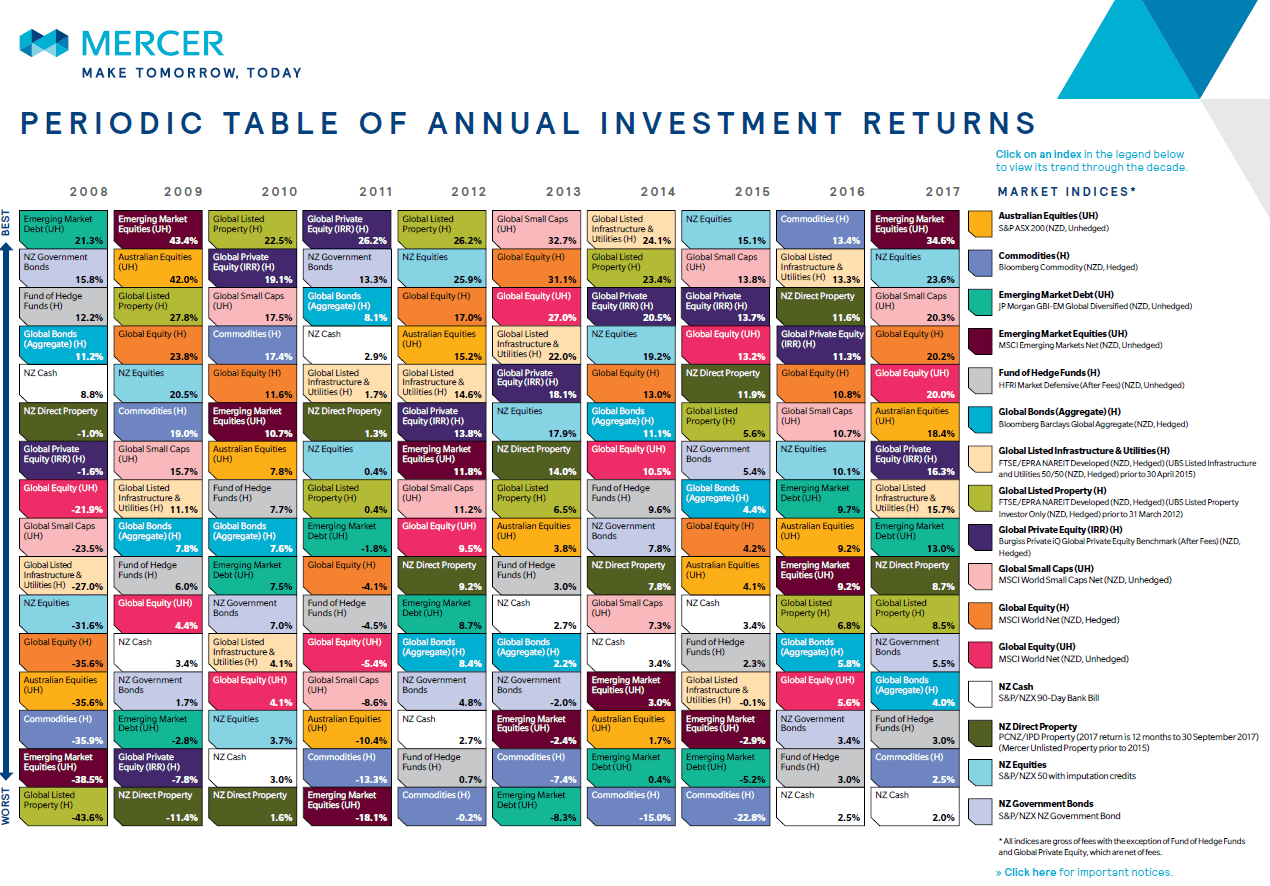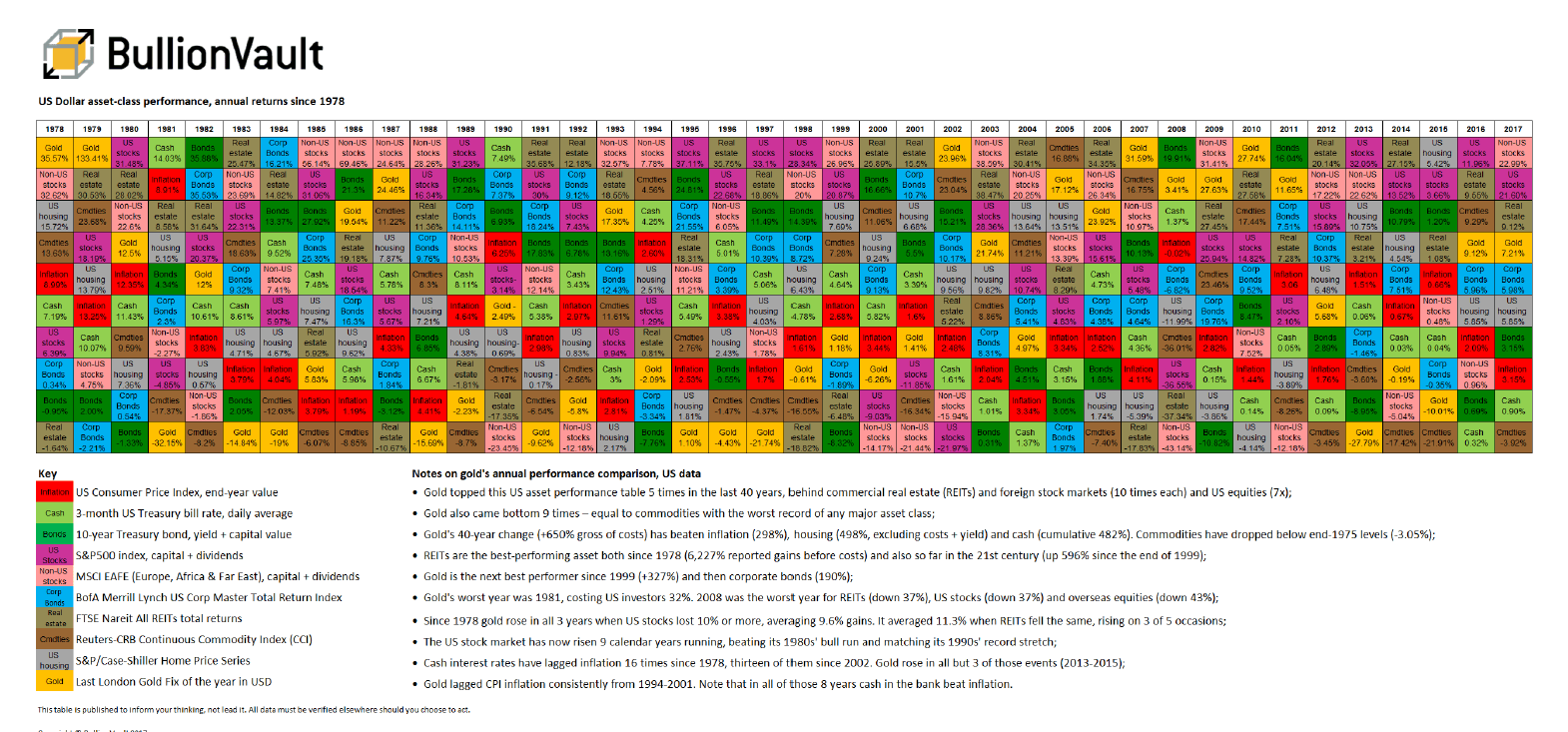The Balance Sheets of Central Bank of major economies have been increasing for many years now as a result of the many Quantitative Easing(QE) programs implements. The following chart shows the Central Bank Balance Sheets as a Percentage of GDP For Major Economies:
Click to enlarge
Source: The Long Unwinding Road—Navigating Regime Shift, T.Rowe Price
